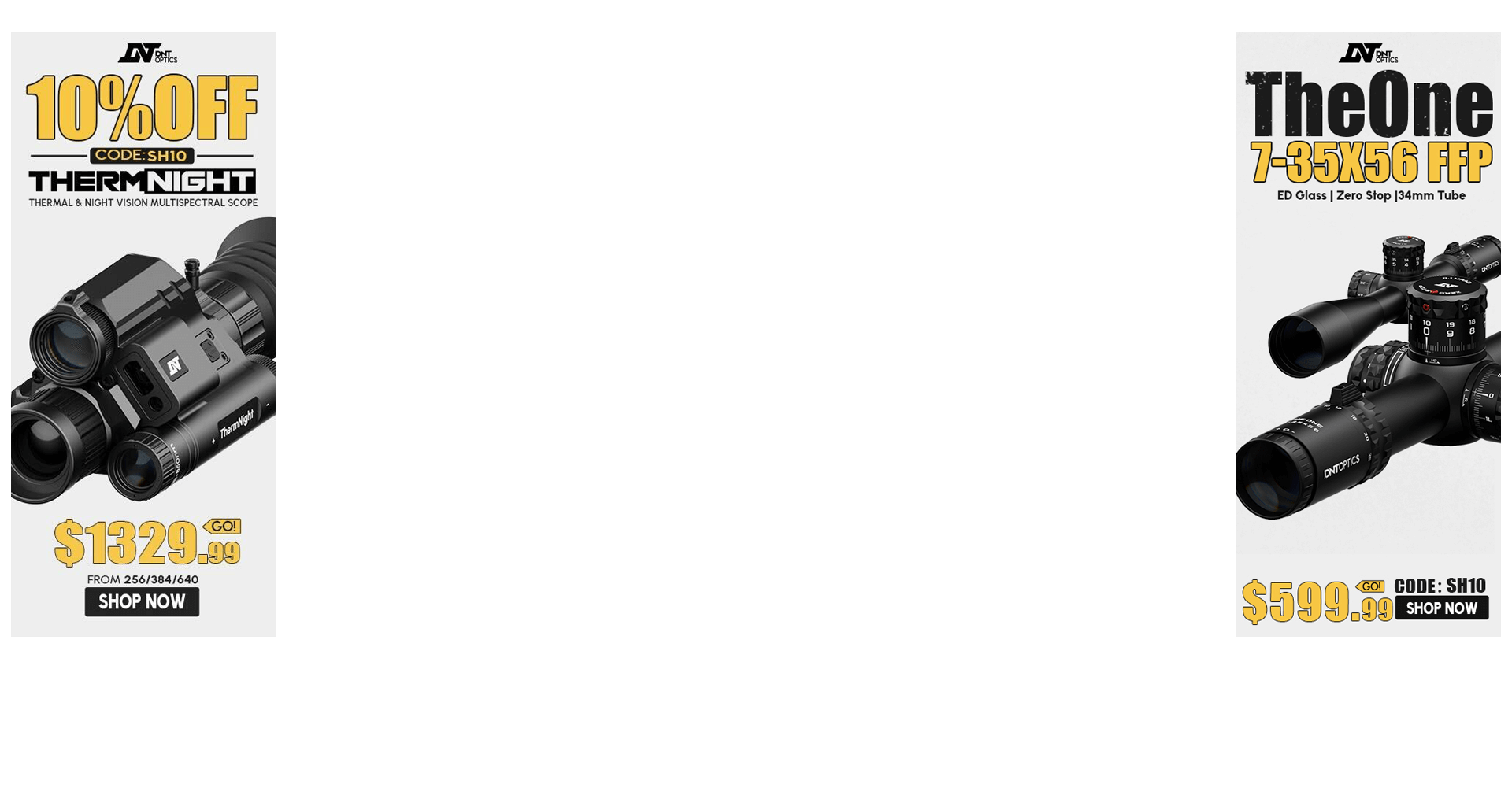I had a 300 WSM rifle built a few years ago and the gunsmith made a three port brake for it of his own design (looks a lot like the badger thruster). I had never taken it off but decided today to try my can on it. I took it off and noticed it was made of aluminum! I have shot this rifle a lot and haven't had any issues but is it really safe to have an aluminum brake?
Dcerefinishing.com
Dcerefinishing.com

